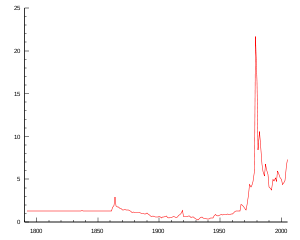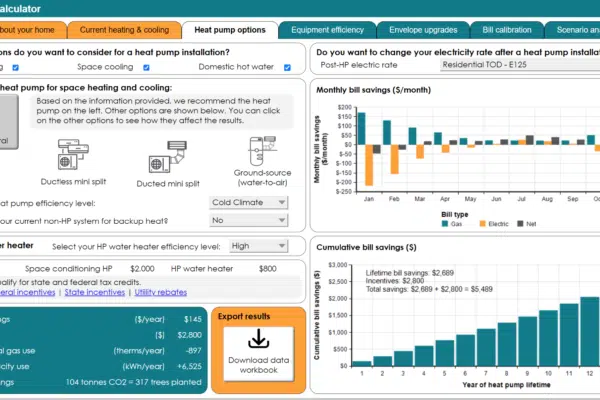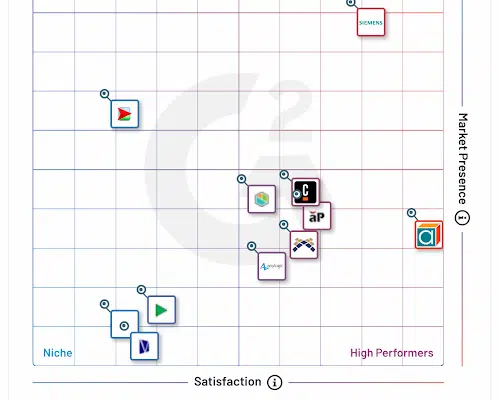Image source: wikipedia.org
In the financial modeling of global business, the perfect market is well-known paradigm. This is a market in which buyers and sellers have full information about the good or service concerned; pricing of that good or service then rises with increasing demand or decreasing supply and vice-versa. No buyer or seller controls the market because there are always other buyers and sellers ready to trade. To some extent, this model applies to worldwide commodity markets. However, there have been some notable exceptions that modelers would be wise to heed, where just a few speculators with deep pockets have substantially changed the game.
Cornering the silver market
Recent (2012) figures for the total silver world reserves estimate that there are 540,000 tons of it around, with a total market worth of about $486 billion for financial modeling purposes. Back in 1980 and estimating both reserves and average price per ounce to be about half what they are today, the market would have been worth about $120 billion. That was the level at which the billionaire Hunt brothers from Texas made their bid to corner the world silver market by buying about 30,000 tons (a little over 10 per cent at that time) of world reserves. They also invested in financial futures contracts in silver, buying lower in the hope that prices would then become higher. In their heyday, they managed to push the price per ounce up to $50, before it collapsed (taking the Hunts’ personal financial fortune with it) to under $5.
Financial modeling to take illiquidity into account
The market for silver is relatively small in physical volume compared to other commodity markets and was more vulnerable to manipulation. However, the copper market has also been a similar target. This metal currently trades at about $3 per pound, making it about 100 times cheaper than silver at today’s prices. The worldwide copper production industry was worth $90.2 billion in 2010 (projections for 2015 suggest $142.6 billion). Financial modeling must however take account of the illiquidity of copper: it cannot be easily moved around the world to compensate for increases in demand. Therefore supplies local to the demand increase in price, setting an upward trend for the rest of the market.
Meet ‘Mr. Copper’ from Japan
Yasuo Hamanaka, a trader with the Japanese company Sumitomo, built up a 5 per cent stake in the world’s copper supply together with some large copper futures contracts. He used this relatively small stake and the illiquidity of copper to corner the market and make prices artificially high for almost ten years. The deep pockets of his company Sumitomo allowed Hamanaka to ride out the turbulence in the market during that time. Finally, in 1995 new mining activity in China increased supply and depressed prices, and an official probe into copper market manipulation effectively put an end to Mr. Copper’s investment activity.
The Pareto Principle on steroids?
Vilfredo Pareto discovered a fact about deep pockets over 100 years ago: 80 per cent of the land in Italy was owned by 20 per cent of the people (an instance of his famous and more general ’80-20’ principle). If you move the cursor today to see how much wealth is accumulated in the hands of the richest people, estimates suggest the richest two per cent of the world own half its wealth. That’s more than enough to wreck the ‘perfection’ of many markets and to pose an additional challenge to any financial modeling.
If you’d like to know how Analytica, the modeling software from Lumina, can help you with financial modeling of all kinds, then try a free evaluation of Analytica to see what it can do for you.





